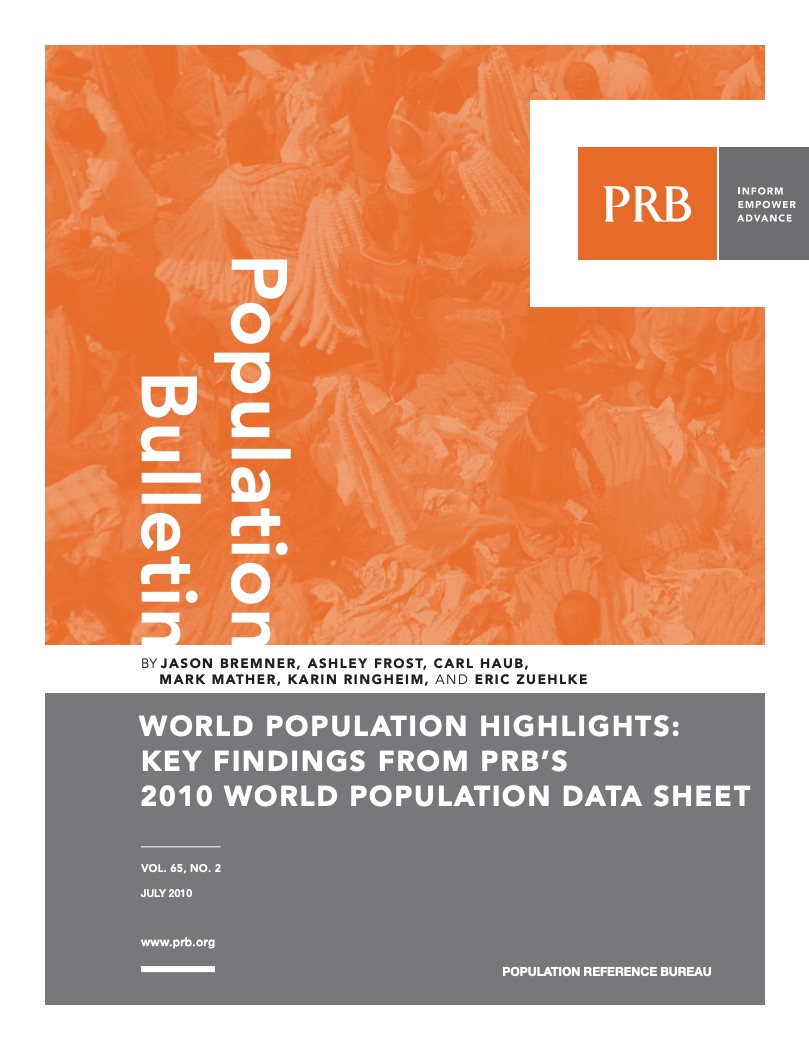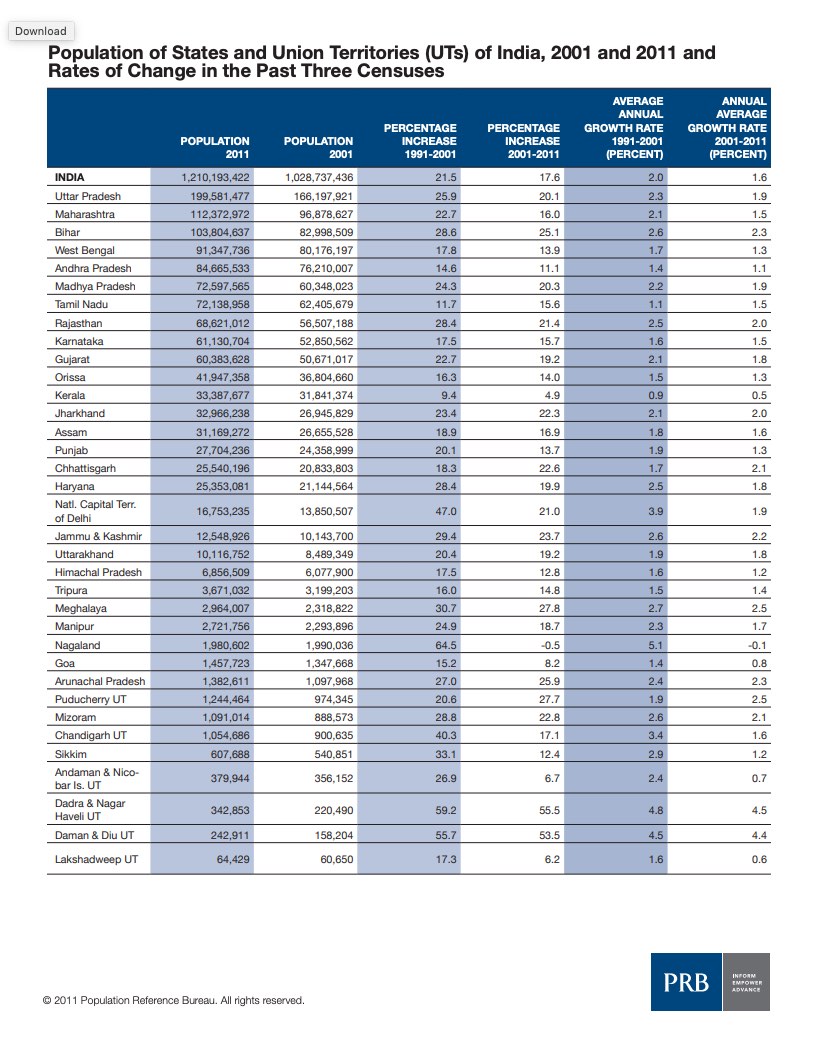24 Search Results Found For : "е oI_ĥ8_215 ȸ dz ǽȸ ݸȸ ûŵҾȸ"
Combien cela coûterait-il de couvrir les besoins en planification familiale dans les pays en développement ?
(2010) Quasiment 215 millions de femmes vivant dans des pays en voie de développement souhaiteraient éviter une grossesse mais n’utilisent pas de moyen de contraception efficace.
Is Delhi India’s Largest City?
(November 2007) India is both a highly rural country, with the large majority of its population living in villages, and home to some of the world’s largest metropolitan areas.

Project: PACE: Policy, Advocacy, and Communication Enhanced for Population and Reproductive Health
Zambia: On the Cusp of a Promising Future
This ENGAGE multimedia advocacy tool that builds awareness of the impact of rapid population growth on Zambia’s goal of becoming a prosperous upper middle-income country by 2030.
Unmet Need for Contraception: Fact Sheet
(2012) Women who have an unmet need for contraception are broadly defined as those who want to delay or stop childbearing but are not using contraception. Put another way, these women are potential users of contraception.
Rescuing the ‘Bottom Billion’ Through Control of the Neglected Tropical Diseases
(2010) With Millennium Development Goal 6, the international community pledged to "combat HIV/AIDS, malaria, and other diseases" throughout the world. Worldwide, 1.4 billion people are infected with one or more of these less-known "other diseases.
Quel est le nombre total de personnes ayant vécu sur la Terre ?
"Quel est le nombre total de personnes ayant vécu sur la Terre?" est l’un des articles du PRB qui a eu le plus de succès. D’abord publié en 1995 puis mis à jour en 2002, cette dernière version de 2011 présente les données jusqu’à la mi-2011, avec une courte vidéo expliquant comment cette estimation a été obtenue.

World Population Highlights: Key Findings From PRB’s 2010 World Population Data Sheet

Table: Population of States and Union Territories (UTs) of India, 2001 and 2011 and Rates of Change in the Past Three Censuses
(2011) Together, China and India account for 37 percent of the world’s population. Both countries have conducted censuses over the past year, and when they report their census results, figures such as the widely accepted world population total are at risk of changing.

